Email isn’t going anywhere.
It’s a way to reach customers and prospects directly. When you send an email to an email address in your database or newsletter subscription, that person will see the email. What they do after they see it in their inbox depends on how good you are at encouraging them to click on to see what’s in the email.
Aren’t sure where to start when it comes to email marketing? Continue reading to learn some key email marketing best practices.
1
Begin at the beginning - the subject line
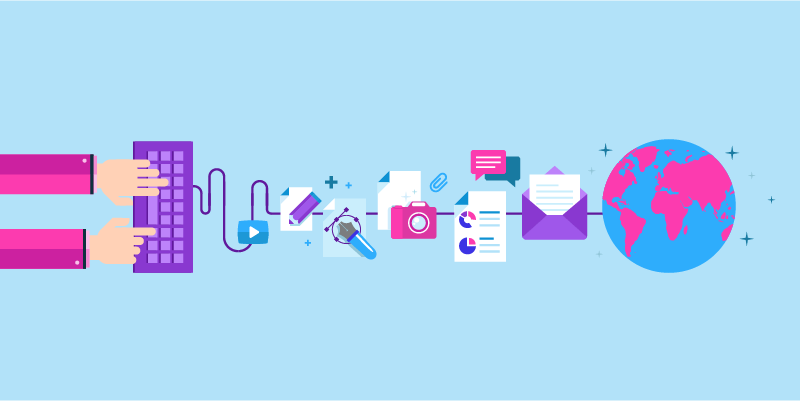
The subject line is the most critical part of your email marketing; it’s what reels a reader in. These few words matter a lot. Did you know that 33% of email recipients open emails based on the subject line alone? Think about the last time you were in your inbox, what made you click on the email? On the other end, what made you delete one without reading it?
The subject line.
Email marketing best practices for a subject line include asking a question, being specific, creating a sense of urgency, short and sweet, and lower cases. You don’t want to seem like

you’re yelling about a “SALE ON NOW 50% OFF EVERYTHING”
Instead, try “Only 2 days left to get your shopping cart total 50% off”.
If you are able to personalize the subject line, that can help increase the open rate by 22.2%.
Once you think you’ve got the subject lines down, it’s time to test them. That’s when you can see what your readers like to see more: the specific sale (50% off everything) or an email showcasing a question (“What’s on sale this week?”).
This is a simple A/B test. Everything stays the same except the two subject lines. Once the two emails have gone out, you’ll be able to tell which one is more engaging by email open and click-through rates.
2
Find the right time and frequency to send

In addition to testing out the subject line, you will also need to test out the best time and best frequency for your newsletter content.
This is when you’ll discover when a person is most likely to open their email. You can find out the right times and frequency by tracking previous opens, segmenting them, and applying geographical location data.
You will want to relate this back to your target audience. If you are targeting business professionals, you may want to test out sending them during regular business hours. If you send them in the early morning, they may get lost with the other emails in their already full inbox.
 If you send them an email in the late afternoon, they may have already peaked for the day and decided they weren’t going to check emails again until the next day.
If you send them an email in the late afternoon, they may have already peaked for the day and decided they weren’t going to check emails again until the next day.
Try experimenting with different times and run another A/B test.
When it comes to frequency, most businesses start with a monthly email full of newsletter content and increase frequency from there. If your monthly newsletter is packed full of content and information, you may want to split them up and do a bi-weekly newsletter.
If you’re pumping out educational-based content that you think your readers need to read, try a weekly newsletter.
The frequency will need some extermination from your company. You can’t just set a frequency and forget it. Email marketing best practices say you need to research and review what’s working for your readers and for your dollar. If readers aren’t engaging, you need to test out a different frequency. Monitor the unsubscribe rates closely as well as the open rates.
3
Segment subscribers, create lists, and write targeted messages
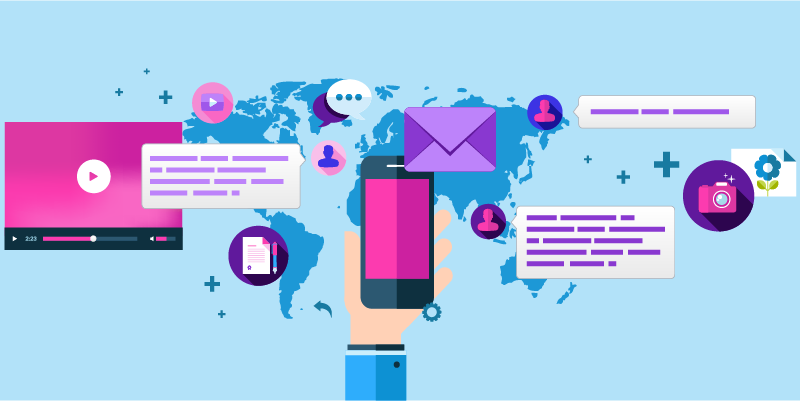
How many times have you received an email and thought “This is irrelevant to me.” and deleted it right away?
That has happened to me too many times to count. Or the question of “Did I even sign up for this newsletter content?”
By using list segmentation, you increase the likelihood that readers will click and find value in what you’re sending them. You can begin by creating groups of like-minded people in our subscription list so you can tailor offers to their specific wants and needs.
Once the list has been made and you know who you’re sending your newsletter to, you need to consider what newsletter content they are looking for. If you add an offer to the bottom of an email about SaaS marketing, but the recipient is in manufacturing, they are most likely not going to open it. They may even think it’s irrelevant and unsubscribe because there’s no thought into who they are personally.
If the content inside the email is related to the person opening it, it’s a no-brainer that the email will receive more clicks and your subscriber will take advantage of the relevant offer at the bottom of the email.
4
Use different types of emails
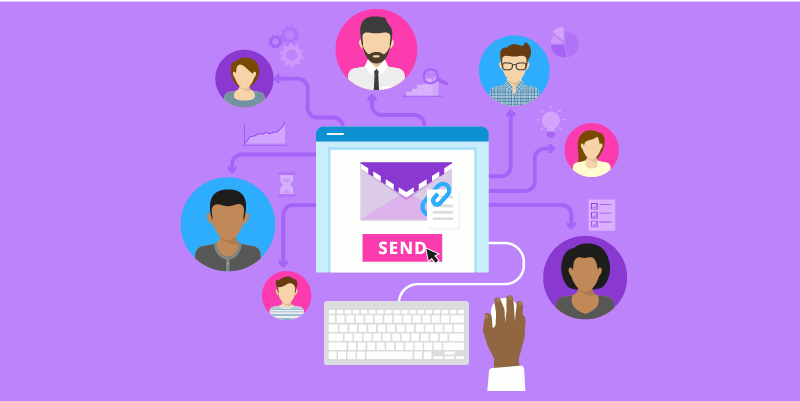
Within your email marketing strategy, there should be a specific section for the different types of emails you want to send.
When someone signs up to receive your newsletter content, a welcome message should pop into their inbox. This email should be a short personalized hello message from someone at your company. The content should be a simple couple of paragraphs on what the person can expect to receive in future emails.
The email can also include the other email marketing best practices we mention in this article.
In addition to the welcome email, email subscribers should receive weekly or monthly newsletters full of targeted content related to them. They should also receive a thank you email once they download an offer with another relevant offer that they could find value in.
5
Add social share buttons

People love social media. We can’t get enough of it and we tend to follow our favourite brands and companies online now. Emails that include social sharing buttons have a 158% higher click-through rate.
These can be buttons to your company’s website, Facebook, Twitter or Instagram, but it can also be a button to allow the recipient to forward the newsletter content to a friend or colleague.
This is a very important and easy way to increase newsletter engagement. Not only will you allow the recipient to follow you elsewhere, but you’re also giving them the opportunity to increase your newsletter subscription list by sending it to anyone in their network
To help expand your reach, even more, your email marketing strategy should include publishing email campaigns to your company’s social media sites.
6
Remove distractions
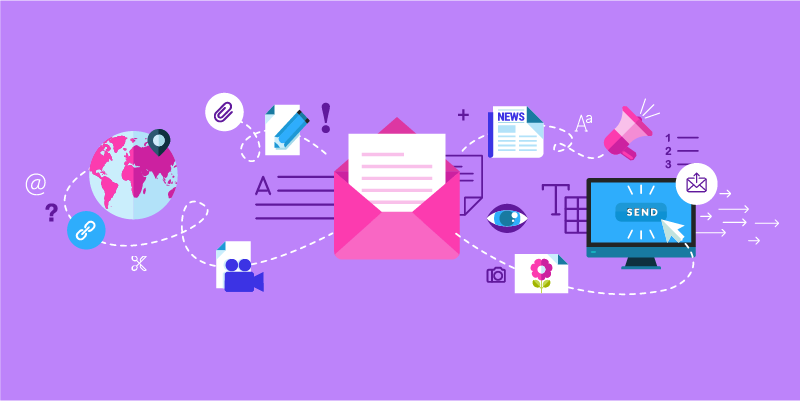
No fluff. No unnecessary information that readers don’t care about.
If your newsletter email marketing campaign is about downloading your latest offer, all of the content in the email needs to be based on this call to action (CTA). That’s it, that’s all.
It’s also important to make sure your call to action is obvious and easy to find. You can use a call-out box or a coloured box with a link and a simple CTA. This shows the reader the focal point of the email and the obvious CTA can increase click-through rates.
7
Analyze

Now that you know these six powerful ways to increase your email newsletter engagement, it’s time to analyze the results.
Nothing can be done within inbound marketing without spending time analyzing the results.
Email metrics will show you the effectiveness of an email campaign and what should be changed to boost the engagement moving forward.
 Here are the email metrics that matter:
Here are the email metrics that matter:
- How many emails sent
- How many emails were delivered
- Hard and soft bounces
- Open rate
- Click through rates & where they clicked in the email
- Unsubscribes
You want to pay attention to the sent and delivered metrics because it will tell you how healthy your list is.
Are people using real emails or accounts they never actually check? Many people have an “email subscription” account where all their junk/email marketing emails end up. Hard and soft bounces will show you how well your email deliverability management is doing.
Another email marketing best practice is to follow the open rates. Open rates show you if the recipient is initially interested in the email. Have you convinced them to open the email? While the open rate is important to track, to go one step further, you can measure the response or conversion rate.
The response rate is the number of desired responses divided by the number of messages delivered. Know your goal of how many people you want to convert during the campaign.
When you track the unsubscribe rate, it helps you measure how well your email holds the subscriber’s interest over a set period of time. If they're not enjoying the content, they will opt out and you’ll be left with one less subscriber.
Once you begin to track these six things, you can review them all in one place. By understanding the desired results that you want to achieve, you can quickly learn what to change to improve your email engagement outcomes.
Sign, sealed, delivered
 Don’t forget that emails are moving from the traditional desktop to the mobile phone. According to Campaign Monitor, 53% of emails are opened on mobile devices now.
Don’t forget that emails are moving from the traditional desktop to the mobile phone. According to Campaign Monitor, 53% of emails are opened on mobile devices now.
Make sure all your email campaigns are mobile-friendly to help increase engagement and clicks. Consider using email outreach platforms such as Hunter to increase your chance of success.
If you have questions about how you can increase your email subscription list or implement email marketing best practices, call us today. We’d be happy to discuss how we can help your business grow with email marketing.
Roketto Team
Who the heck is "Roketto Team"? Great question! We use this authorship from time to time for guest writers and previous authors are no longer affiliated with the Roketto brand. What about the cute little rabbit in the Roketto Team avatar? That's Piko, our loveable, space travelling mascot. If this is your first time seeing him, don't worry, it won't be your last. He likes to turn up throughout Roketto's website and content, always looking to help our audience with their marketing needs.













2.png)
2.png)

